Navigating the Future: Mortgage Interest Rate Trends 2025-2026
Navigating the Future: Mortgage Interest Rate Trends 2025-2026
Introduction
With enthusiasm, let’s navigate through the intriguing topic related to Navigating the Future: Mortgage Interest Rate Trends 2025-2026. Let’s weave interesting information and offer fresh perspectives to the readers.
Table of Content
Navigating the Future: Mortgage Interest Rate Trends 2025-2026

The housing market is a complex ecosystem, influenced by a multitude of factors, with mortgage interest rate trends 2025-2026 emerging as a pivotal element shaping the landscape. Understanding these trends is crucial for both prospective homebuyers and existing homeowners, enabling them to make informed decisions about their financial futures.
This comprehensive analysis delves into the key drivers influencing mortgage interest rate trends 2025-2026, examining potential scenarios and their implications for the housing market.
Factors Shaping Mortgage Interest Rate Trends
1. The Federal Reserve and Monetary Policy:
The Federal Reserve (Fed) plays a significant role in shaping interest rates. Its monetary policy, primarily through adjusting the federal funds rate, influences borrowing costs across the economy, including mortgage rates.
- Inflation and the Fed’s Response: The Fed’s primary objective is to control inflation. When inflation rises, the Fed typically increases interest rates to curb borrowing and spending, thereby slowing economic growth. Conversely, when inflation is low, the Fed may lower interest rates to stimulate economic activity.
- The Fed’s Communication: The Fed’s communication regarding its future policy intentions is closely watched by financial markets. Clear and consistent messaging helps investors understand the direction of interest rates, reducing uncertainty.
- Economic Data: The Fed’s decisions are based on a comprehensive assessment of economic data, including inflation, unemployment, and GDP growth. Changes in these data points can influence the Fed’s stance on interest rates.
2. Global Economic Conditions:
The global economy is interconnected, and events in other countries can impact interest rates in the United States.
- International Interest Rate Movements: When interest rates rise in major economies, such as the Eurozone or Japan, it can lead to capital outflows from the US, putting upward pressure on domestic interest rates.
- Global Trade and Supply Chains: Disruptions in global trade or supply chains can lead to inflationary pressures, which may prompt the Fed to raise interest rates.
- Geopolitical Events: Unforeseen geopolitical events, such as wars or political instability, can create uncertainty in financial markets, influencing interest rate movements.
3. Housing Market Dynamics:
The demand for housing and the availability of homes for sale play a significant role in shaping mortgage interest rates.
- Housing Supply and Demand: When housing supply is low and demand is high, prices tend to rise, which can lead to increased borrowing and potentially higher interest rates.
- Housing Affordability: As mortgage interest rates rise, affordability decreases, potentially dampening demand and impacting prices.
- Government Policies: Government policies, such as tax incentives for homeownership or regulations on lending practices, can influence housing market activity and consequently impact interest rates.
4. Investor Sentiment:
Investor sentiment about the economy and the housing market can also influence interest rates.
- Confidence in the Economy: When investors are optimistic about the economy’s future, they are more likely to invest in bonds, which can drive down bond yields and lower mortgage rates.
- Risk Aversion: In times of economic uncertainty or volatility, investors may become more risk-averse, shifting their investments away from bonds and potentially leading to higher interest rates.
Potential Scenarios for Mortgage Interest Rates 2025-2026
Predicting the future is inherently uncertain, but based on current economic conditions and historical trends, several scenarios are possible:
Scenario 1: Gradual Increase in Interest Rates
- Factors: Inflation remains relatively high, prompting the Fed to continue raising interest rates gradually to control price increases. Economic growth remains moderate, supporting a gradual increase in rates.
- Impact: Mortgage rates gradually rise over the next two years, but the increase is manageable, allowing for continued homebuying activity. The housing market remains relatively stable.
Scenario 2: Stabilization and Potential Decline
- Factors: Inflation begins to decline, allowing the Fed to pause or even reverse its rate hike cycle. Economic growth slows, reducing demand for borrowing and potentially leading to lower interest rates.
- Impact: Mortgage rates stabilize or even decline, making homeownership more affordable. Housing market activity picks up, potentially leading to increased demand and price growth.
Scenario 3: Significant Increase in Interest Rates
- Factors: Inflation remains stubbornly high, forcing the Fed to aggressively raise interest rates to combat price increases. Economic growth weakens, potentially leading to a recession.
- Impact: Mortgage rates rise sharply, making homeownership significantly less affordable. Housing market activity slows down, potentially leading to a decline in prices.
The Importance of Understanding Mortgage Interest Rate Trends
Mortgage interest rate trends 2025-2026 hold significant implications for both prospective homebuyers and existing homeowners.
For Prospective Homebuyers:
- Timing of Purchase: Understanding interest rate trends can help homebuyers time their purchase strategically. If rates are expected to rise, it might be advantageous to purchase sooner rather than later. Conversely, if rates are expected to decline, waiting might be a better strategy.
- Budget Planning: Knowing the potential direction of interest rates allows homebuyers to create a realistic budget that accounts for potential fluctuations in mortgage payments.
- Loan Type and Terms: Different mortgage loan types, such as fixed-rate or adjustable-rate mortgages, have varying interest rate structures. Understanding the impact of interest rate trends can help homebuyers choose the loan that best suits their needs and financial situation.
For Existing Homeowners:
- Refinancing Opportunities: If interest rates fall, homeowners may be able to refinance their existing mortgage at a lower rate, saving money on their monthly payments.
- Home Equity Line of Credit (HELOC): Understanding interest rate trends can help homeowners decide whether to access home equity through a HELOC, which typically has variable interest rates.
- Financial Planning: Knowing the potential direction of interest rates can aid homeowners in developing a long-term financial plan, factoring in potential changes in mortgage costs.
Related Searches:
- Mortgage Rates Forecast 2025: This search explores predictions and forecasts for mortgage interest rates in 2025, providing insights into potential scenarios and their implications.
- Mortgage Rates 2026 Predictions: This search focuses on forecasts for mortgage interest rates in 2026, offering insights into future trends and their impact on the housing market.
- Interest Rates and Housing Market 2025: This search examines the relationship between interest rates and the housing market in 2025, exploring how interest rate changes influence home prices, affordability, and overall market activity.
- Mortgage Rates Forecast 2026: This search provides predictions and forecasts for mortgage interest rates in 2026, offering insights into potential scenarios and their implications for both homebuyers and homeowners.
- Factors Affecting Mortgage Rates 2025: This search explores the key factors influencing mortgage interest rates in 2025, including economic conditions, monetary policy, and housing market dynamics.
- Mortgage Interest Rates Trends 2026: This search delves into the potential trends in mortgage interest rates in 2026, providing insights into the factors driving these trends and their implications for the housing market.
- Impact of Interest Rates on Housing Market 2025: This search examines the impact of interest rate changes on the housing market in 2025, exploring how interest rate fluctuations influence home prices, affordability, and overall market activity.
- Mortgage Rates 2025-2026: This search provides a comprehensive overview of mortgage interest rate trends from 2025 to 2026, offering insights into potential scenarios, key drivers, and their implications for both homebuyers and homeowners.
FAQs:
-
Q: What are the key factors influencing mortgage interest rate trends in 2025-2026?
A: The key factors include the Federal Reserve’s monetary policy, global economic conditions, housing market dynamics, and investor sentiment.
-
Q: How will inflation impact mortgage interest rates?
A: High inflation can lead to higher interest rates as the Fed raises rates to control price increases. Conversely, declining inflation can lead to lower interest rates.
-
Q: How can I prepare for potential changes in mortgage interest rates?
A: Monitor economic data and the Fed’s communication regarding interest rates. Consider a fixed-rate mortgage if you are concerned about rising rates, or an adjustable-rate mortgage if you anticipate declining rates.
-
Q: What are the potential scenarios for mortgage interest rates in 2025-2026?
A: Possible scenarios include a gradual increase, stabilization and potential decline, or a significant increase in rates.
-
Q: What are the implications of rising mortgage interest rates for homebuyers?
A: Rising rates can make homeownership less affordable, potentially reducing demand and slowing down the housing market.
-
Q: What are the implications of falling mortgage interest rates for homeowners?
A: Falling rates can present opportunities for refinancing, potentially lowering monthly payments and saving money.
-
Q: How can I stay informed about mortgage interest rate trends?
A: Follow financial news outlets, consult with mortgage lenders, and utilize online resources that track interest rate movements.
Tips:
- Stay Informed: Stay informed about economic data, the Fed’s monetary policy, and housing market trends to understand the potential direction of interest rates.
- Consider Fixed-Rate Mortgages: If you are concerned about rising interest rates, consider a fixed-rate mortgage to lock in a rate for the life of the loan.
- Shop Around for Lenders: Compare rates and fees from different lenders to find the best deal for your specific needs.
- Be Prepared for Flexibility: Be prepared to adjust your plans if interest rates change unexpectedly.
Conclusion:
Mortgage interest rate trends 2025-2026 are likely to be influenced by a complex interplay of factors, including inflation, monetary policy, global economic conditions, and housing market dynamics. While predicting the future is inherently uncertain, understanding these trends is crucial for making informed decisions about homeownership.
By staying informed, monitoring key economic indicators, and consulting with financial professionals, individuals can navigate the housing market with confidence and make strategic choices that align with their financial goals.

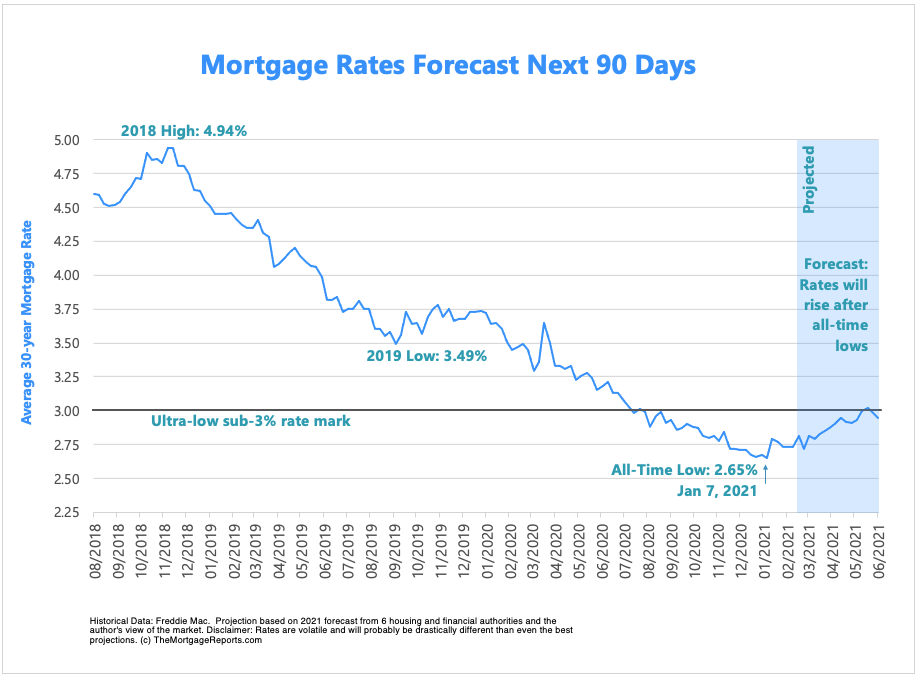
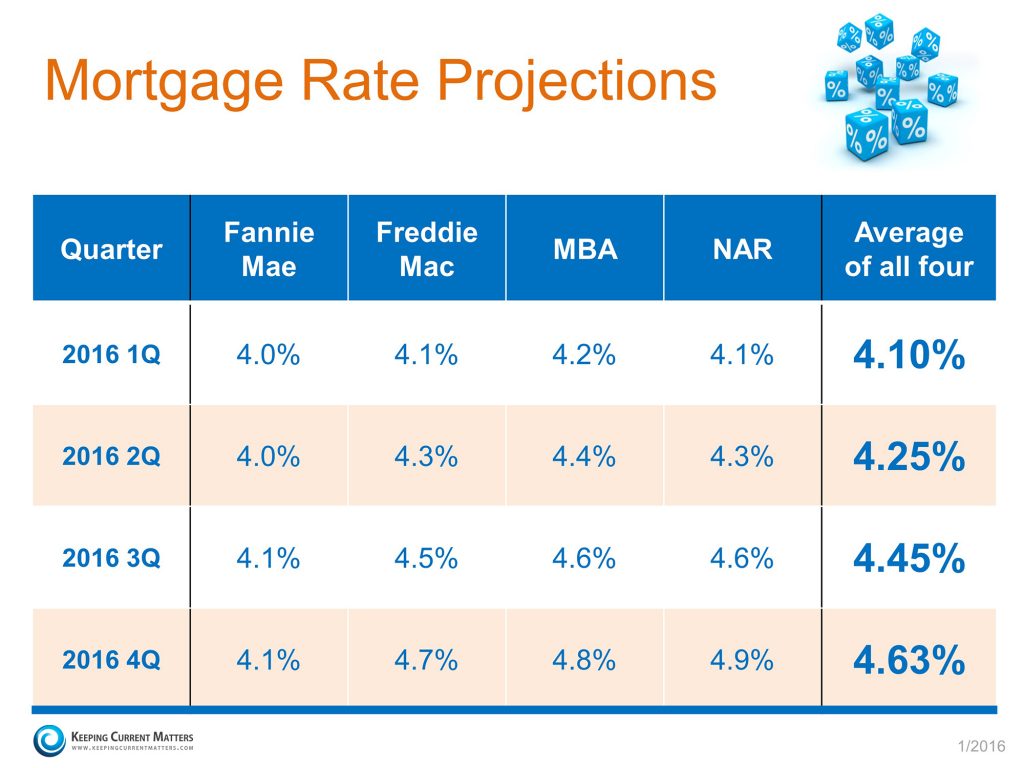
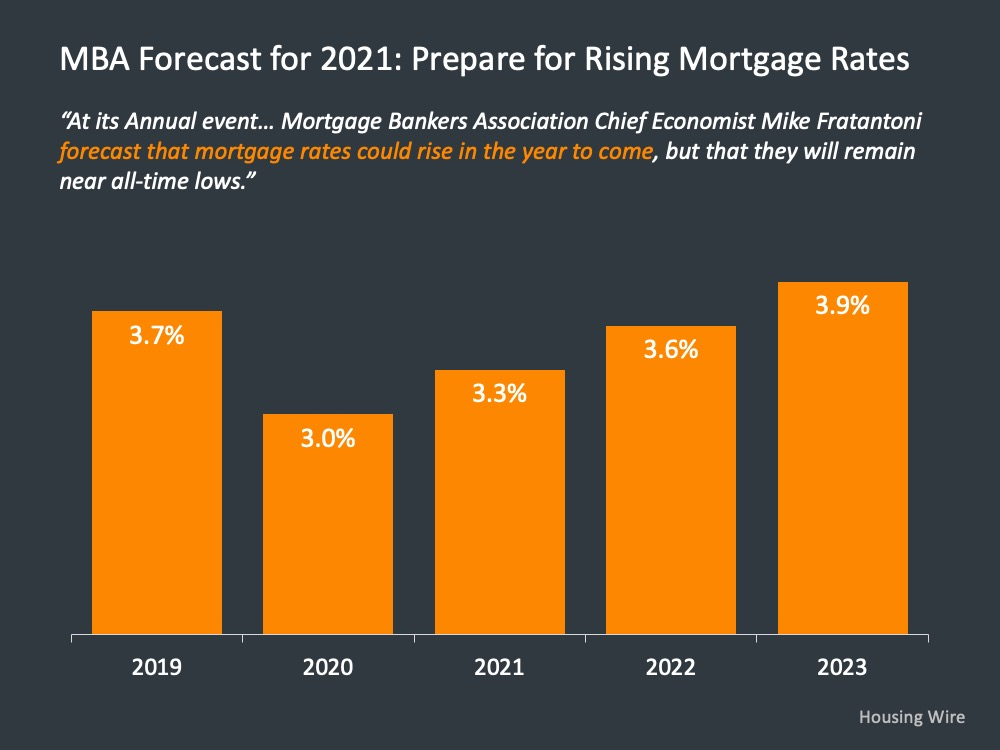

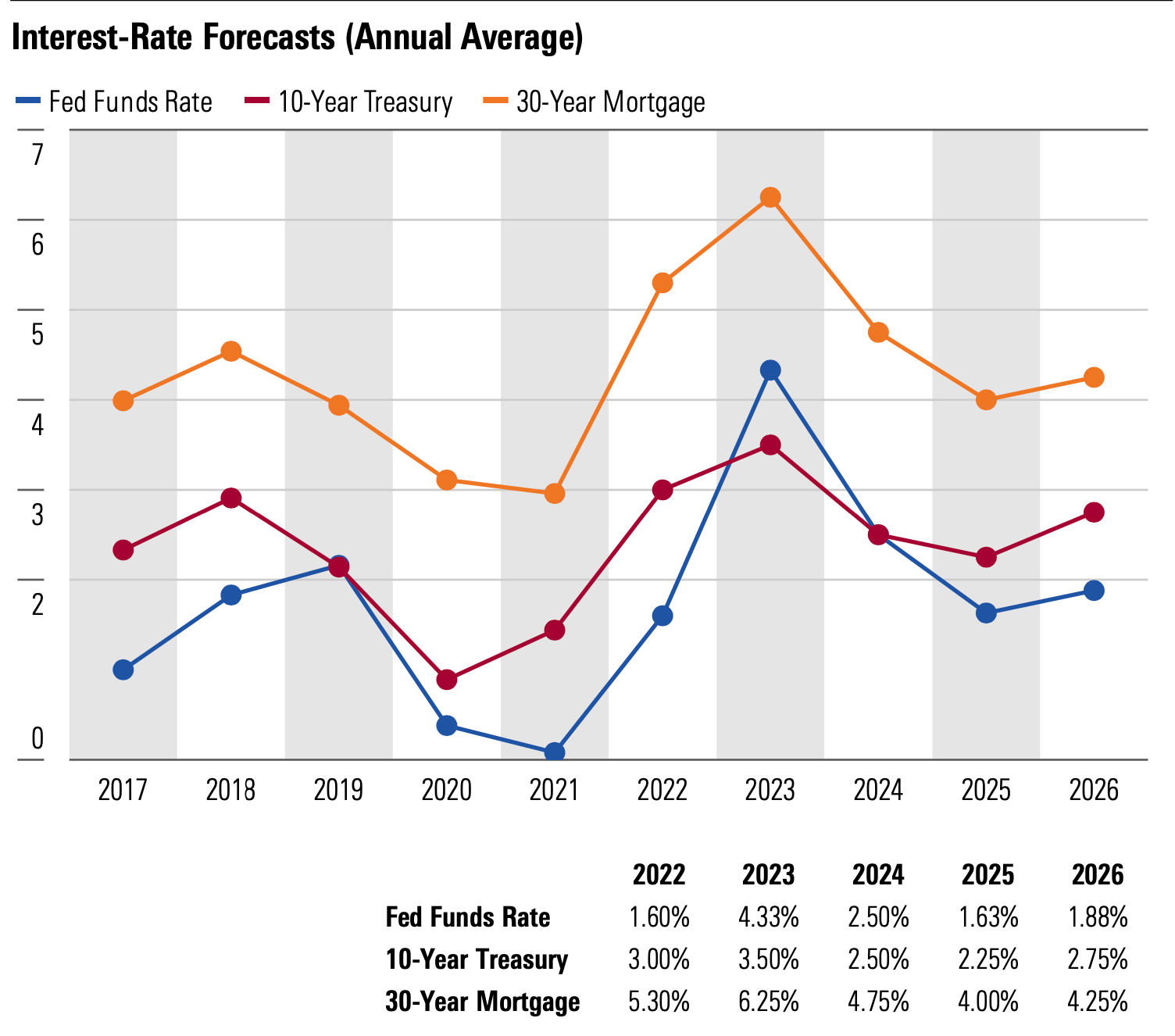
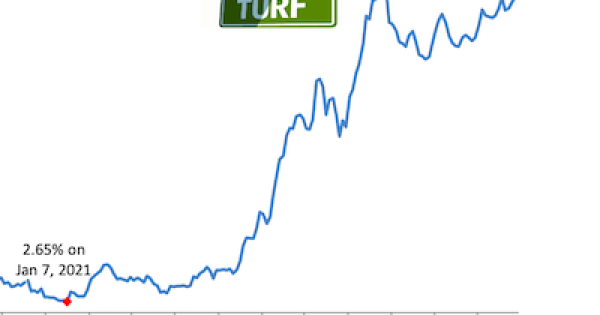
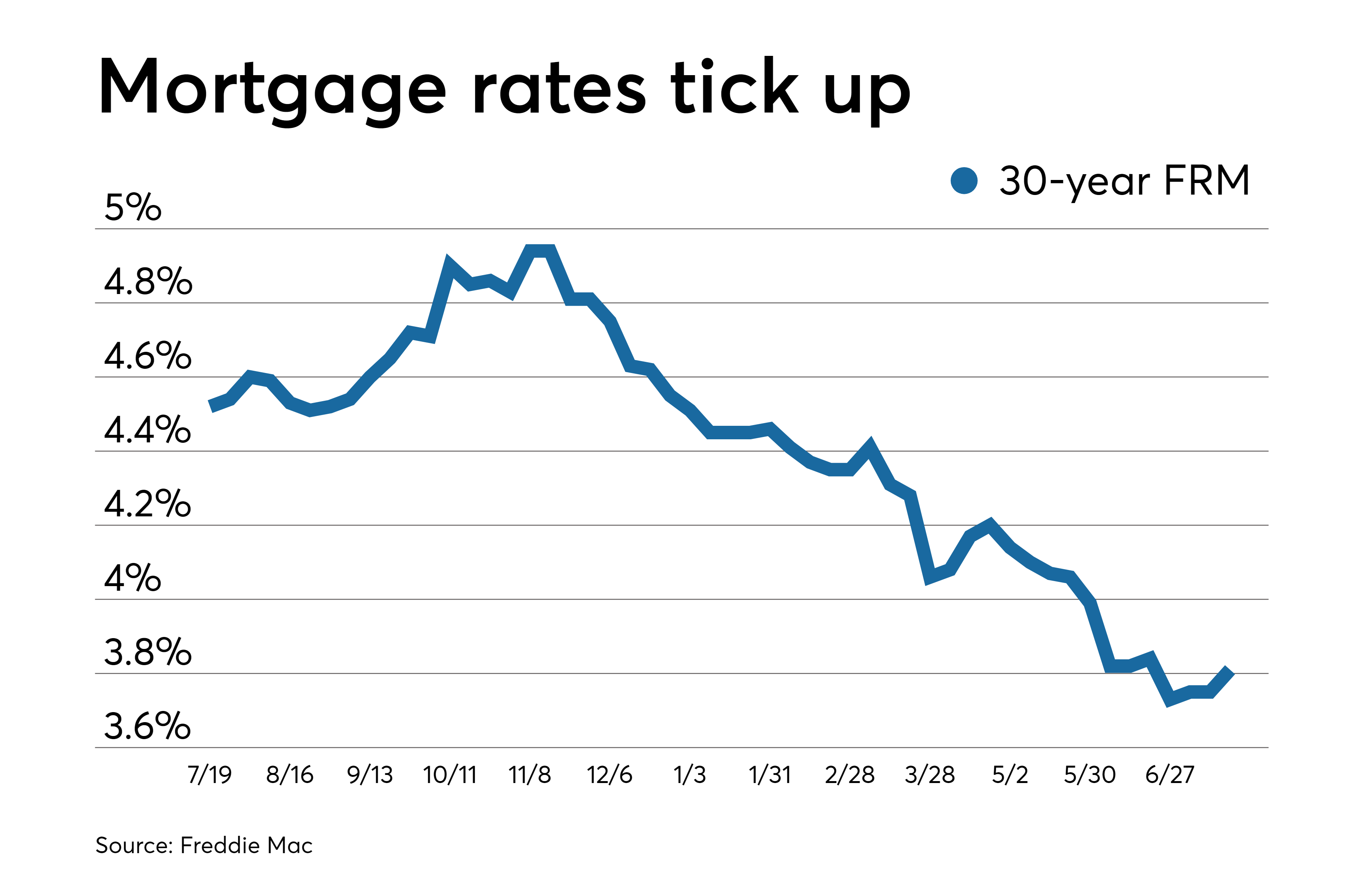
Closure
Thus, we hope this article has provided valuable insights into Navigating the Future: Mortgage Interest Rate Trends 2025-2026. We hope you find this article informative and beneficial. See you in our next article!